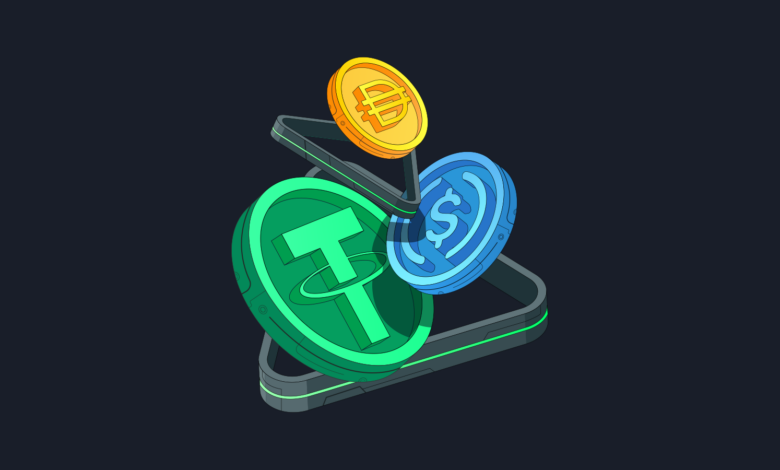
In recent years, the landscape of digital currencies has seen significant shifts, particularly in the United States. While Bitcoin continues to gain traction, especially following the launch of spot Bitcoin exchange-traded funds, the adoption of stablecoins by US-based consumers is experiencing a noticeable slowdown as we move into 2024. This trend raises important questions about the future of stablecoins and their role in the global economy.
The Decline of US-Regulated Stablecoin Transactions
A closer examination of the data reveals a marked decline in transactions conducted on US-regulated platforms within just under a year. This trend can be attributed to the increasing regulatory challenges and adoption hurdles faced by US-based stablecoins. In contrast, stablecoins rooted in emerging markets outside the United States are witnessing higher rates of implementation. This global expansion highlights the growing importance of stablecoins as a means of transferring value and facilitating low-cost transactions across the globe.
Global Demand for US Dollar-Backed Assets
As nations strive for financial stability, the demand for assets backed by the US dollar, such as stablecoins, is on the rise. These digital assets are poised to enhance global financial inclusion, particularly in regions where stable currencies are scarce. The pressing need for reliable and resilient assets is driving the adoption of stablecoins, which are increasingly seen as viable alternatives to traditional currencies.
By the end of 2022, it was observed that approximately $1 trillion in US dollars had found its way overseas, accounting for nearly half of the entire US dollar supply. This shift underscores how stablecoins are gradually replacing physical dollar cash in markets grappling with currency volatility. The insights from Paolo Ardoino, CEO of Tether, align with this trend, highlighting how developing countries like Argentina, Turkey, and Vietnam are turning to stablecoins to protect against inflation and currency devaluation. This growing reliance on stablecoins positions them as essential financial instruments for daily transactions and savings.
Regulatory Challenges and the US Position on Stablecoins
The absence of a comprehensive regulatory framework for digital assets in the United States is posing a competitive challenge. Financial hubs in regions such as Europe and the United Arab Emirates are attracting stablecoin projects due to their more favorable regulatory environments. This competitive disadvantage for the US has been noted by companies like Circle, emphasizing that the lack of regulatory clarity could potentially undermine American interests in the global digital asset arena.
Despite these challenges, more countries are stepping forward to establish clear guidelines that promote the use of stablecoins, and the US is not far behind in this regulatory race. Chainalysis suggests that bridging this regulatory gap is crucial for ensuring the US remains competitive in the emerging digital asset landscape. By fostering innovation and providing a supportive environment for stablecoin projects, the US can position itself as a leader in the global stablecoin market.







